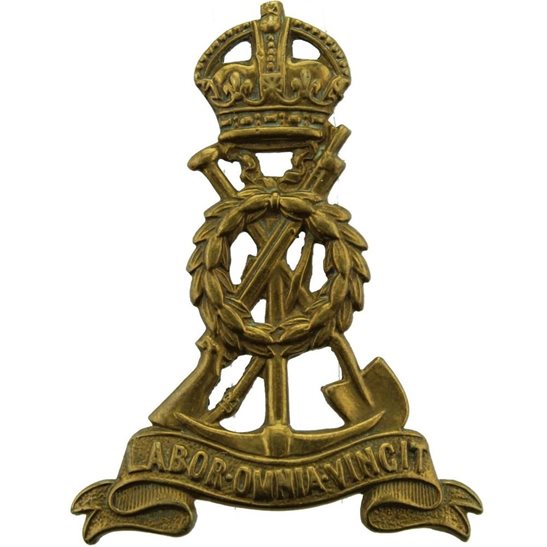Personal Details
Born: In 1876 in Whitchurch, Shropshire and baptised on 9 June the same year in St. Alkmund’s Parish Church.
Family: He was the eighth of ten children born to William and Mary Mulliner. He married Florence Hill on 27 August 1901 at Claremont Baptist Church, Shrewsbury, Shropshire and together they had two children – William Bert and Thomas Henry. Sadly Florence died in 1907.
Residence: In 1881 he lived in Talbot Street, Whitchurch; by 1891 the family had moved to Green End, Whitchurch. In 1901 he was boarding at 27 Delamere Crescent, Paddington, London. In 1911, his wife having died, he was living at 43 Green End. The 1919 Absent Voters’ register shows his address as 3 Green End. At the time of his death he was living in the Public Assistance Institution (Workhouse).
Employment: He was a saddler by trade; he was employed as a saddler by the London and North West Railway for at least the period between 1904 and 1908.
Died: In 1943 in Whitchurch, aged 66, and was buried on 10 April the same year in Whitchurch cemetery.
Military Details
Regiment: Labour Corps (previously King’s Shropshire Light Infantry)
Rank: Private
Service Number: 562563 (previously 23827)
Date of Enlistment: 29 November 1915
Date of Discharge: 2 April 1919
Reason for Discharge: Not known
William was awarded the Campaign Medals (British War Medal, and Victory Medal)

The British War Medal (also known as 'Squeak') was a silver or bronze medal awarded to officers and men of the British and Imperial Forces who either entered a theatre of war or entered service overseas between 5th August 1914 and 11th November 1918 inclusive. This was later extended to services in Russia, Siberia and some other areas in 1919 and 1920. Approximately 6.5 million British War Medals were issued. Approximately 6.4 million of these were the silver versions of this medal. Around 110,000 of a bronze version were issued mainly to Chinese, Maltese and Indian Labour Corps. The front (obv or obverse) of the medal depicts the head of George V. The recipient's service number, rank, name and unit was impressed on the rim.
The Allied Victory Medal (also known as 'Wilfred') was issued by each of the allies. It was decided that each of the allies should each issue their own bronze victory medal with a similar design, similar equivalent wording and identical ribbon. The British medal was designed by W. McMillan. The front depicts a winged classical figure representing victory. Approximately 5.7 million victory medals were issued. Interestingly, eligibility for this medal was more restrictive and not everyone who received the British War Medal ('Squeak') also received the Victory Medal ('Wilfred'). However, in general, all recipients of 'Wilfred' also received 'Squeak' and all recipients of The 1914 Star or The 1914/1915 Star (also known as 'Pip') also received both 'Squeak' and 'Wilfred'. The recipient's service number, rank, name and unit was impressed on the rim.

